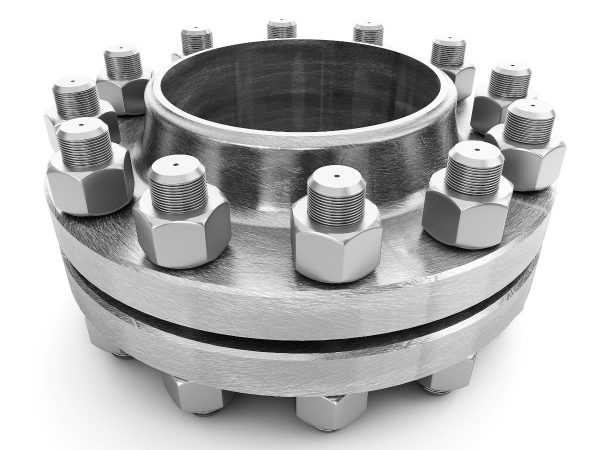Mission statement
Delivering Leak-Free Solutions
A flange connection, or flange joint, is a sophisticated mechanical system. Achieving a leak-free solution requires careful design, informed by a series of critical decisions and activities performed within a narrow range of acceptable limits. Every flange calculation produced by our Flange Management Software undergoes rigorous review by qualified engineers to ensure accuracy and reliability.
Flange assembly demands specialized knowledge and expertise. Properly assembling a flange connection involves a deep understanding of all its components—such as materials, forces, stresses, temperature effects, and other influencing factors.
The joint assembly process is fundamental to ensuring leak-free performance. Adhering to precise guidelines during assembly is crucial to achieving a high level of joint integrity and reliability.

General
Plant owners face increasing pressure to reduce fugitive emissions due to a variety of factors, including environmental legislation, safety concerns, and the need to maintain plant efficiency. The associated costs of emissions can be difficult to quantify but are significant—ranging from product loss and labor/material expenses for leak repairs to cleaning costs, environmental fines, and damage to corporate reputation. Flange Management provides a comprehensive suite of services designed to maximize the likelihood of achieving a leak-free start-up.
Proper assembly of a critical flange joint is essential for preventing leaks and requires precise calculations and procedures. This includes determining the correct bolt preload, selecting the appropriate lubricant, and setting allowable alignment tolerances to ensure a proper seal. Additionally, it involves choosing the most suitable gasket for the application, inspecting the condition of the flange face, bolts, and nuts, and applying the calculated bolt preload in a controlled manner.
Joint leakage is commonly caused by incorrect bolt loads, flange distortion, improper gasket selection, and uncontrolled assembly or bolt tightening methods. However, by following a few straightforward steps, these potential failure points can be effectively eliminated.
Joint integrity
The integrity of flanged joints is often not fully understood by asset owners, leading to vulnerabilities in plant operations. Mechanical failure—whether due to design flaws or material degradation—is the second most common cause of flange joint failures. Typically, fugitive emissions arise from flange connections that have been improperly calculated or sealed. These emissions refer to the unintended release of gases or vapors from pressurized equipment, often as a result of leaks or irregularities, and are primarily associated with industrial activities.
Phases
During the design phase, the customer defines the specific requirements for the flange connections. In the construction phase, the contractor verifies these connections through inspections and various tests to ensure compliance. However, to maintain safety and integrity, these flange connections must also be regularly inspected and maintained during the operational phase. Given the critical role flange connections play, it is essential to give them the necessary attention throughout the entire lifecycle. Flange Management supports asset owners by providing accurate and reliable flange calculations, ensuring the continued performance and safety of their systems.
Legal Framework
The law mandates that asset owners take all reasonable measures to prevent spills and mitigate their consequences, fulfilling their duty of care.
Standardization
Standards such as ASME and EN provide an asset owner with guidance on how to deal with condition monitoring of flange connections during the management or operation of the pipeline system.
Our aim
Our aim is to raise asset owners’ awareness of the presence and specific risks associated with flanged joints in their pipeline systems, and to guide them in conducting systematic checks during the operational phase. We also strive to enhance asset owners’ understanding of high-risk issues related to external safety, ensuring compliance with national legislation.
Delineation
Flanged joints necessitate specialized technical evaluation. When conducting flange calculations, we assess the following: the environmental management systems and company-specific guidelines for flanged connections that asset owners can utilize to ensure compliance with national legislation. Additionally, we evaluate the implementation of a systematic approach, such as the PDCA (Plan-Do-Check-Act) cycle, for managing pipeline flange connections during the operational phase. The risk management system (RMS) should be grounded in the PDCA cycle methodology, ensuring it is coherent, controlled, and consistently upheld.
Target group
Flange Management is designed for asset owners. The findings and recommendations offer a valuable overview of effective working methods.
